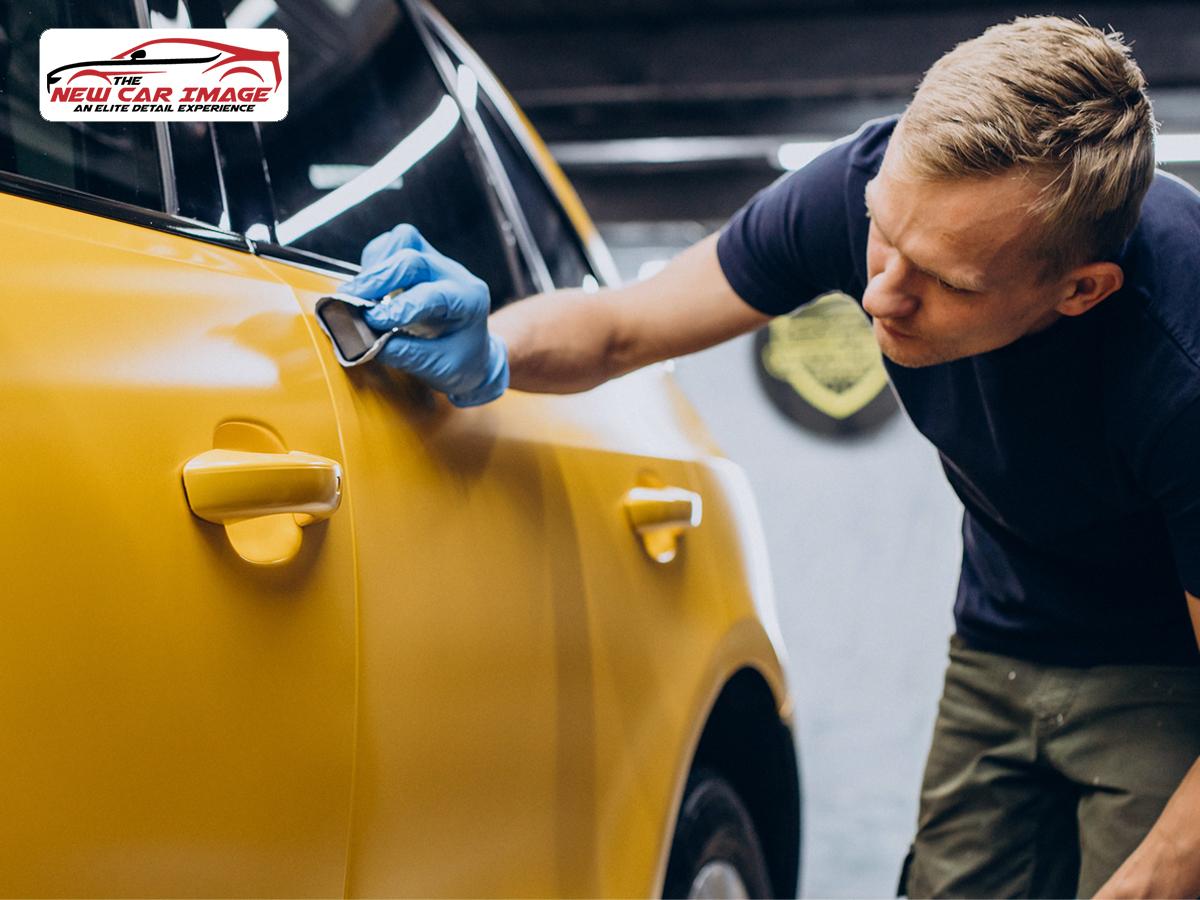Notifications

6 minutes, 18 seconds
-179 Views 0 Comments 0 Likes 0 Reviews

To expose the users using their cars all over the USA to different weather conditions that can gradually wear away paint, shine, and surface finish, one must have the best type of ceramic coating for cars that will stand the test for a long time regardless of whether one is facing desert heat, coastal salt, heavy rains, or cold winters.
But there isn't an all-ceramic coating that is all the same; especially when it comes to climate-specific performance. Here we go, exploring what you need to know in selecting the best ceramic coating for cars in Lawrence according to your area of residence in every climate.
In areas such as Arizona, Nevada, and areas of California, vehicles are exposed to continuous UV radiation and airborne dust. Such conditions accelerate oxidation and gradually dull paint. For these types of climates, consider a high-silica ceramic coating that includes UV inhibitors. These compounds create a strong hydrophobic layer that repels sunlight and is resistant to fine particles such as sand or desert trash.
Most high-performance products have 9H hardness ratings and can last for 5 years. A good product will also minimize water spotting—something prevalent in regions with hard water and rare rain. Select a coating that's heat-resistant to avoid surface cracking during hot summer seasons.
According to this rule, if you live on the coast, particularly in Florida, the Carolinas, or the Pacific Northwest, your automobile would need protection from salt air, moisture, and frequent rains. Salt is corrosive to metal and can ruin paint if not treated. The best ceramic coating for cars in these regions needs to have anti-corrosive agents and good chemical resistance.
Select a marine-grade ceramic coating that resists salt and high humidity levels. It should also stick well with clear coats to prevent water and contaminants from seeping in. These coatings provide hydrophobic surfaces that allow salt and moisture to roll off before they damage anything.
On the highways in the Midwest and Northeast, ice, freeze-thaw cycles, and road salt are a different type of hazard. A ceramic coating in this region needs to protect against deicing chemicals and road debris that build up during winter months. Properly applied, the product resists ice and dirt from bonding, so your vehicle is simpler to clean following storms.
Seek out a coating rated for sub-zero performance, with increased flexibility that can stretch and shrink with temperature fluctuations. Also, use coatings that complement paint protection film (PPF) for the added benefit of winter protection if you desire.
For urban centers like Seattle, Atlanta, and New Orleans, heavy rainfall and humidity would dominate these cities throughout the year; hence, mold and water spots could be a real concern. The best ceramic car coatings in these locations should have aggressive hydrophobic qualities. Water needs to bead and run off instantly so as not to stain or mold in crevices.
Certain drivers get a combination of conditions during the year—warm summers, rainy springs, and snowy winters. In those situations, an all-weather ceramic coating is the appropriate investment. Search for multi-layer kits that provide base coats and topcoats specifically designed for seasonal longevity.
Select a coating that works in a broad temperature spectrum, resists chemical exposure, and maintains its gloss. Graphene-infused technology products provide enhanced thermal conductivity and scratch resistance—perfect for areas where the climate fluctuates drastically during different seasons.
To fully shield your car from top to bottom, exterior treatments are not sufficient. Integrating ceramic coating with the best interior car detailing in Lawrence can guarantee a perfectly sealed vehicle. High-touch areas such as dashboards and leather seats are usually subject to premature wear caused by sunlight, spills, and regular usage.
When trying out the best ceramic car coating in Lawrence, be sure to take into account the chemical content, UV block, and hydrophobic ratings. These factors typically determine how well it will withstand climatic aggressors. Coatings should always be applied in a clean environment, under control, and cured at manufacturer-specified times.
For serious-minded car owners committed to long-term value and good looks, the appropriate ceramic coating isn't merely desirable—it's mandatory. It's the sort of investment whose merits are rewarded each time the weather forecast changes.

